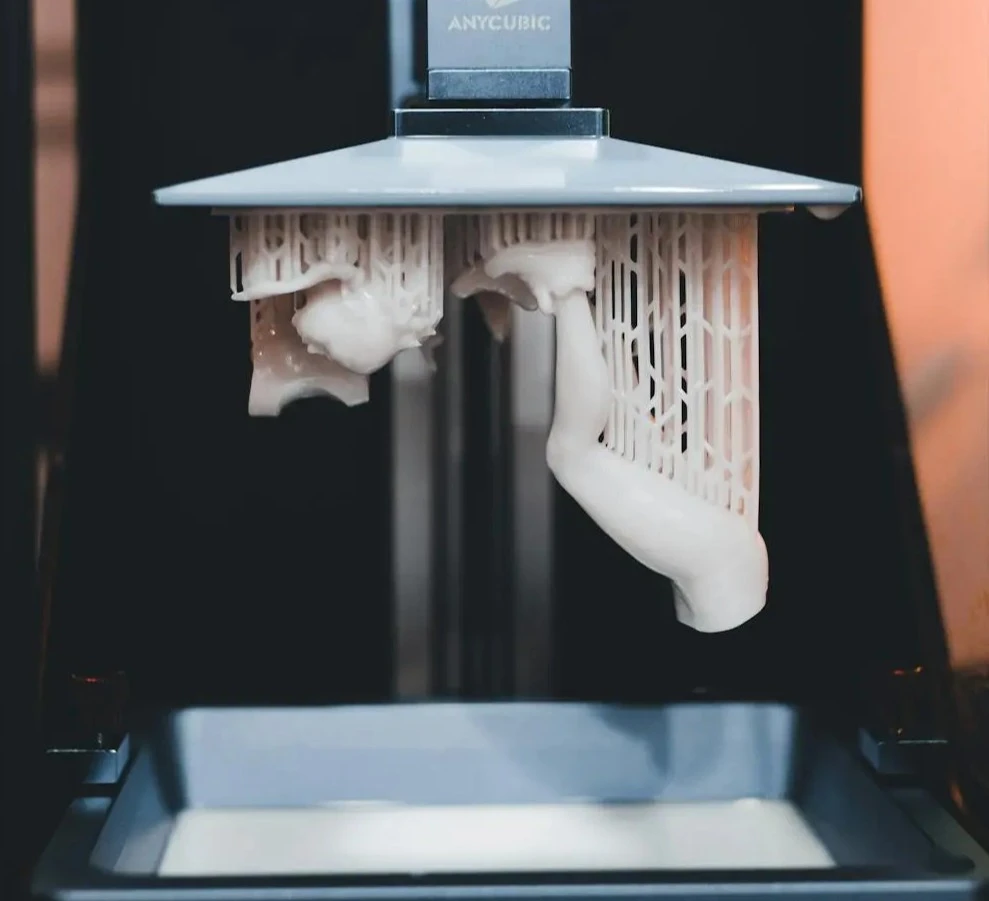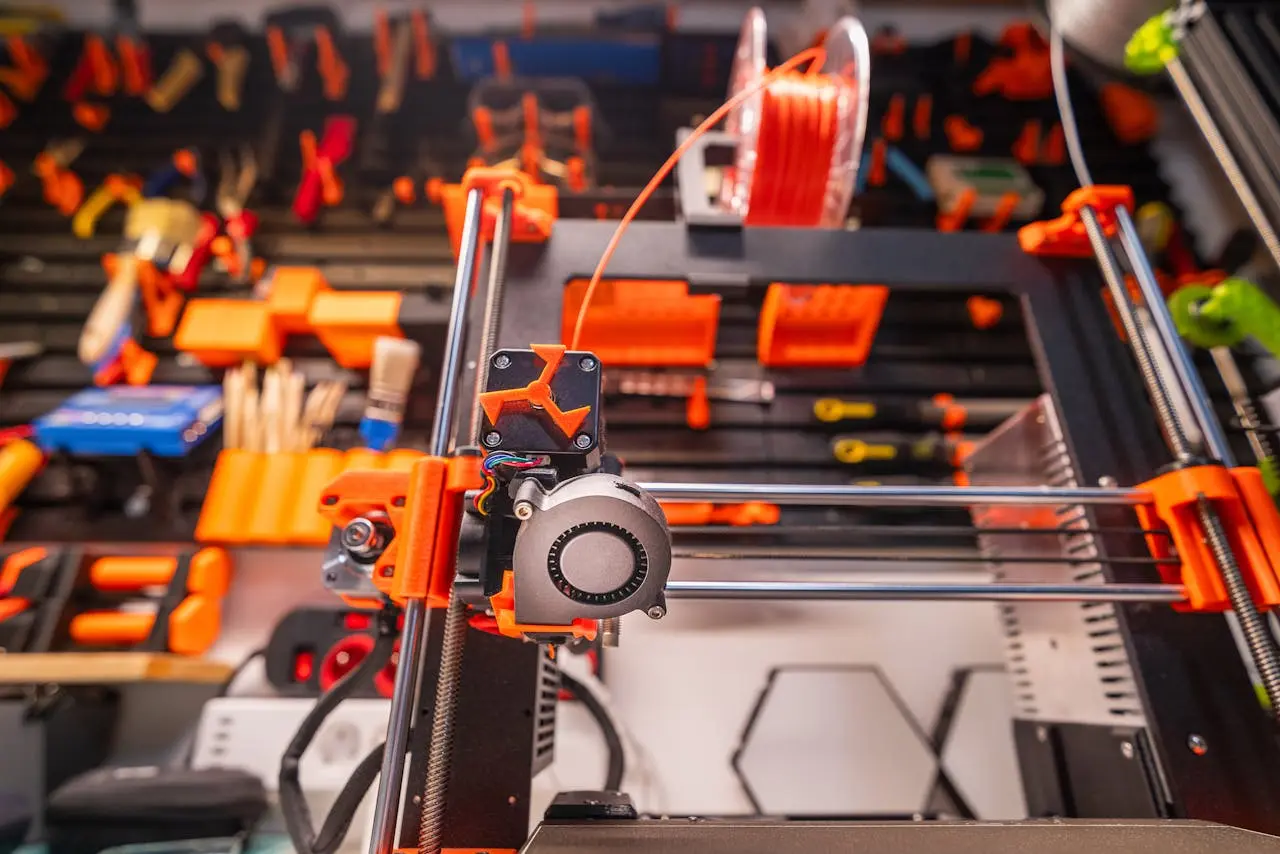[UPDATED] Understanding Resin 3D Printers: What You Need to Know

Resin 3D printing, also known as stereolithography (SLA) or digital light processing (DLP), has become a transformative force in the realm of additive manufacturing. Unlike traditional filament-based 3D printers, resin printers utilize a liquid photopolymer resin that solidifies when exposed to light. In this article, we will explore the intricate workings of resin 3D printers, shedding light on the technology that enables the creation of highly detailed and precise objects.
[Update 8/1/2025]
Today, I found the most incredible video explaining how resin printing works in the simplest terms using an Elegoo 3 Pro resin printer. Well worth a watch and save:
The Resin:
Photopolymer Resin: The heart of resin 3D printing lies in the photopolymer resin. This liquid material is sensitive to light, transforming from a liquid to a solid state when exposed to specific wavelengths of light. The resin comes in various formulations, each tailored to meet the specific requirements of different applications, such as standard, flexible, or castable resins.
Layer-by-Layer Printing Process:
Bottom-Up Approach: Resin 3D printers utilize a bottom-up printing approach. The build platform starts at the bottom of the resin tank and gradually rises as each layer is cured. This is in contrast to filament-based printers, which typically employ a top-down approach.
Digital Light Processing (DLP) vs. Stereolithography (SLA):
DLP Technology: In DLP printers, a digital light projector (DLP) is used to project an entire layer of the 3D model onto the liquid resin simultaneously. This allows for faster printing times compared to SLA, as each layer is cured in a single exposure.
Stereolithography (SLA): SLA printers use a laser to selectively cure the resin layer by layer. The laser traces the cross-section of the model on the liquid resin, solidifying it before moving on to the next layer.
Building the Layers:
Resin Tank: The liquid resin is contained in a transparent resin tank. The resin is spread in a thin layer, and the build platform descends into the tank, allowing the first layer to be exposed to light.
Curing the Resin: The light source, whether a laser or a digital light projector, follows the path determined by the digital model, curing the resin where exposure occurs. The cured resin forms the first layer of the object being printed.
Layer-by-Layer Build: The build platform rises after each layer is cured, and the process repeats until the entire 3D model is printed, layer by layer.
Post-Processing:
Washing and Curing: Once the print is complete, the object is typically washed to remove excess uncured resin. Subsequently, it undergoes post-curing, a process where it is exposed to additional UV light to ensure thorough curing of the resin and enhance the mechanical properties of the printed object.
Resin 3D printing represents a remarkable fusion of science and technology, enabling the creation of intricate and highly detailed objects. The use of photopolymer resin, layer-by-layer curing, and the choice between DLP and SLA technologies contribute to the precision and versatility of this printing method. As the technology continues to evolve, resin 3D printing is poised to play a pivotal role in diverse industries, from prototyping and jewelry design to dentistry and medical applications.


.jpg)